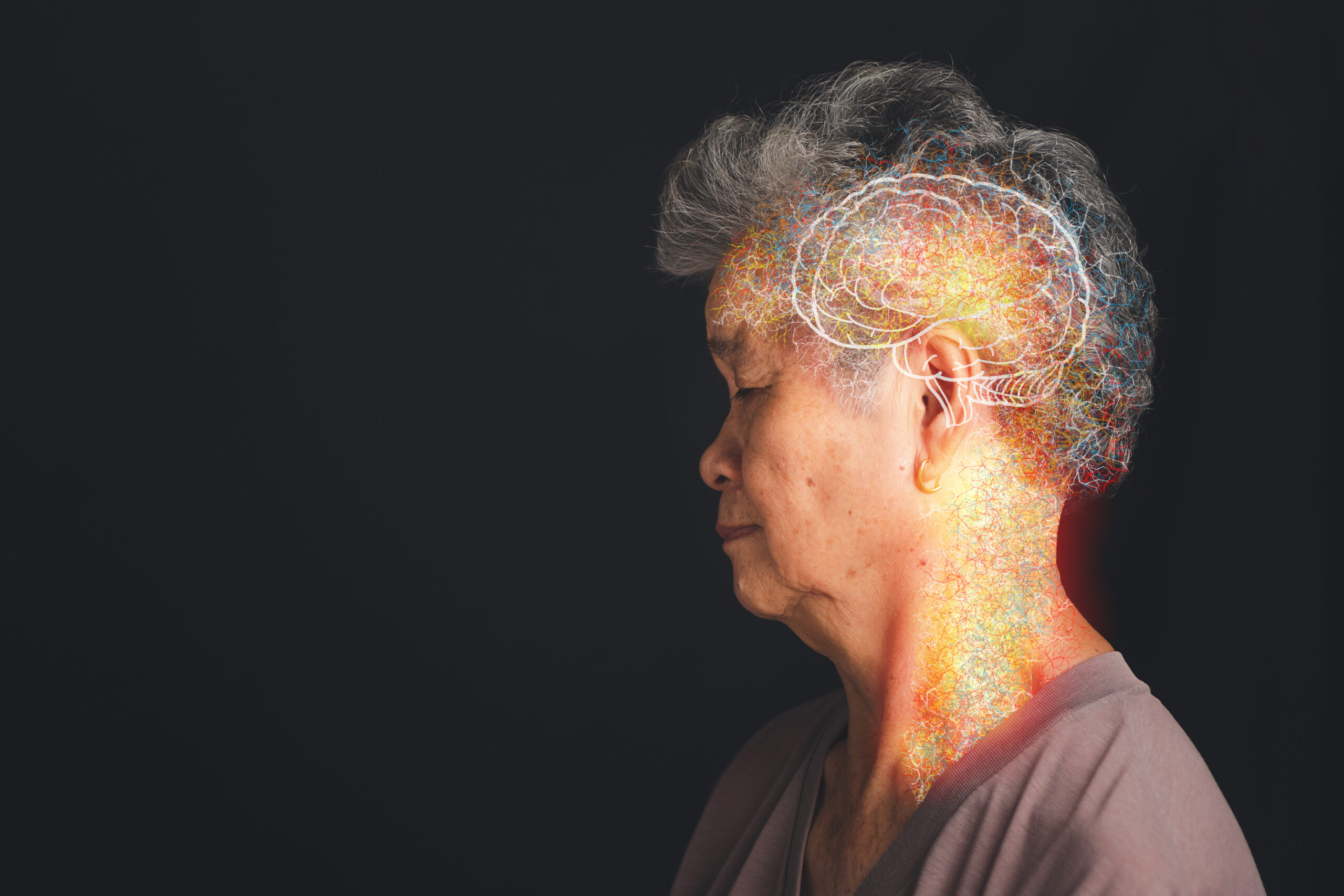How light affects dementia symptoms
Light plays a significant role in how dementia symptoms appear and change throughout the day. For people living with dementia, exposure to natural and artificial light can influence mood, behavior, sleep patterns, and cognitive function.
One of the most well-known effects of light on dementia is related to **sundown syndrome**, a condition where symptoms like confusion, agitation, anxiety, and irritability worsen in the late afternoon or evening. This happens partly because as daylight fades, changes in lighting and shadows can make the environment feel confusing or frightening to someone with dementia. Their brain struggles to interpret these visual cues, which can increase disorientation and restlessness. Managing lighting by keeping rooms well-lit and reducing harsh shadows in the evening can help ease these symptoms and create a calmer atmosphere.
Dementia also disrupts the brain’s internal clock, known as the circadian rhythm, which controls sleep and wake cycles. The part of the brain responsible for this clock relies heavily on light signals to know when to be alert and when to rest. In dementia, this system often malfunctions, leading to irregular sleep patterns such as excessive daytime sleepiness and nighttime wakefulness. Proper exposure to bright light during the day can help reset this internal clock, improving sleep quality and reducing nighttime confusion and wandering.
Beyond managing symptoms, new research suggests that certain types of light therapy, especially **red and near-infrared light**, may have direct benefits on brain health in dementia. This therapy, called photobiomodulation, uses specific wavelengths of light to stimulate brain cells, improving blood flow and energy production at the cellular level. Early studies have shown improvements in memory, attention, mood, and sleep without the side effects often seen with medications. This approach views dementia partly as an energy crisis in brain cells, and light therapy may help “recharge” these cells, offering a promising non-drug option.
In practical terms, caregivers can support people with dementia by ensuring they get plenty of natural daylight during the day, using bright but soft lighting indoors, and avoiding sudden changes in lighting that might trigger confusion. Evening routines that include dimming lights gradually can also help signal the body to prepare for sleep, reducing sundowning symptoms.
In essence, light is more than just illumination for those with dementia—it’s a powerful tool that influences their brain function, behavior, and overall well-being. Adjusting light exposure thoughtfully can make a meaningful difference in managing the challenges of dementia.





